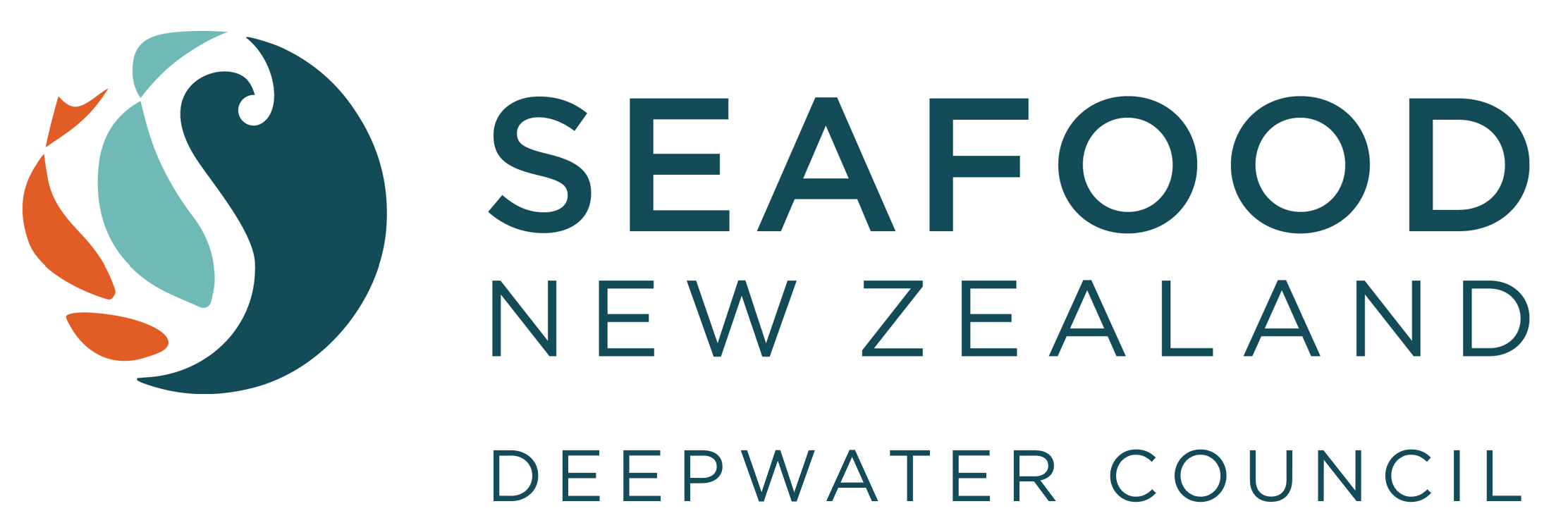Getting to the Bottom of the Facts on Trawling
17 November 2023
At Seafood New Zealand, we consistently emphasise the importance of science and our firm view that accurate data and robust science are the right tools for decision making about our oceans. But it’s more than that. Scientific literacy is important too, or you’ll find good science can go bad if it is misunderstood, misinterpreted or even weaponised, to tell a distorted story. That then leads to bad decision making. So, science alone is not enough.
Take what happened this week.
The Parliamentary Commissioner for the Environment commissioned some science from NIWA recently, to understand how much carbon is stored in our oceans. A lot as it happens. NIWA’s results indicate “there could be approximately 2,240 million tonnes of organic carbon stored in the entire New Zealand EEZ” (Exclusive Economic Zone). And they say, “this represents approximately 1% of estimated global organic carbon stocks in marine sediment.” Although they note this estimate is highly uncertain.
NIWA also noted that some areas are bigger carbon stores than others. Mud-filled bays such as the Firth of Thames are rich carbon storage areas. So are the fjords of Fiordland.
NIWA then turned its attention activities that could disturb these sediments, both natural and human-induced. Bottom trawling is one activity that could disturb stored carbon. Fishing activity was an ideal activity to consider given there is comprehensive data available.
NIWA concluded that “bottom trawling is likely to have an impact on carbon stocks” particularly in areas like the northern Chatham Rise. They also noted that two thirds of the carbon stored is deeper than 1,500 metres below the depth where fishing occurs.
But here’s the important word to understand - likely. Why can’t NIWA say for sure? Because in NIWA’s own words, “the vulnerability of these [marine sediment] stocks to human perturbation is unknown.” In other words, we don’t know how much organic carbon is actually disturbed by trawling. But it’s an important question.
But hang on, you might say, what about that story a few years back which said that globally, trawling released as much CO2 as aviation. It got huge attention and international headlines. But most people didn’t see what came next. Further science showed that the initial and widely reported study was likely to have over estimated carbon emissions from bottom trawling by 100 to 1000 times.
That’s right. By 100 to 1,000 times.
The science team involved in the rebuttal looked at other studies of released carbon and found the findings were mixed, with the vast majority of studies (60%) showing no significant effect from trawling (you can find a summary of the research here).
Ouch.
Many commentators do not appear to have caught up with the latest science, or perhaps are ignoring it. Within minutes of the NIWA study being released, there were predictable calls that bottom trawling urgently needed to be banned. Ignoring inconvenient science that paints a contrary picture may be a good lobbying tactic, but it’s no way to form policy about important matters that have significant social, economic, and cultural implications.
So, what do we know? We know more science is needed. We are not saying that because we are in denial or we somehow want a warmer world. Absolutely not. We are saying that because its true. Let’s not jump ahead of ourselves and draw conclusions based on emotion.
As an industry we are open to conversations about where we fish and how. We have already prohibited trawling from 30% of our fisheries waters to protect the seabed. We are also investigating new fishing technology to reduce our impact.
Is trawling the terrible thing that some commentators believe it to be? No. But it can be improved. We are working to improve it, with good science as our guide.
